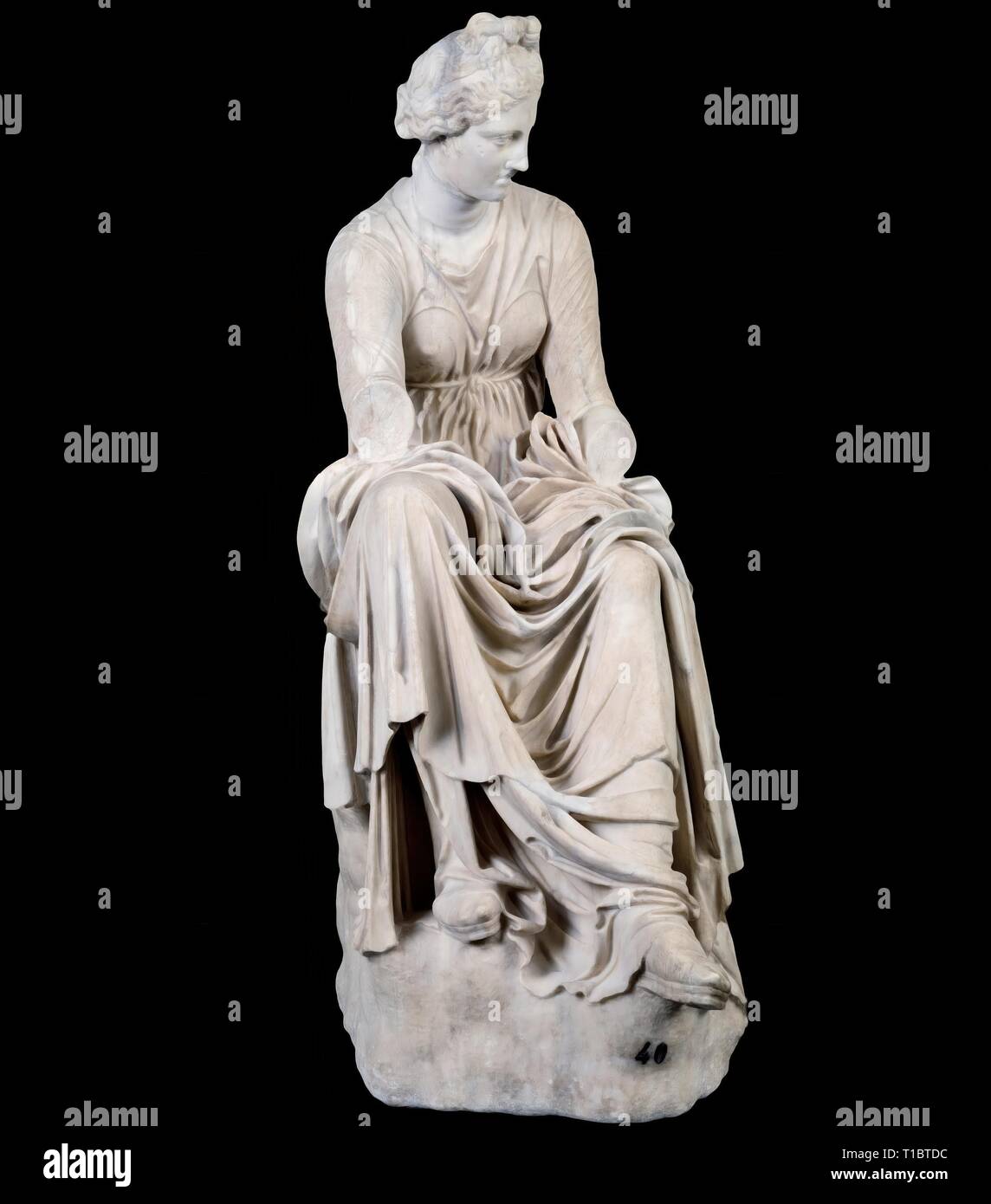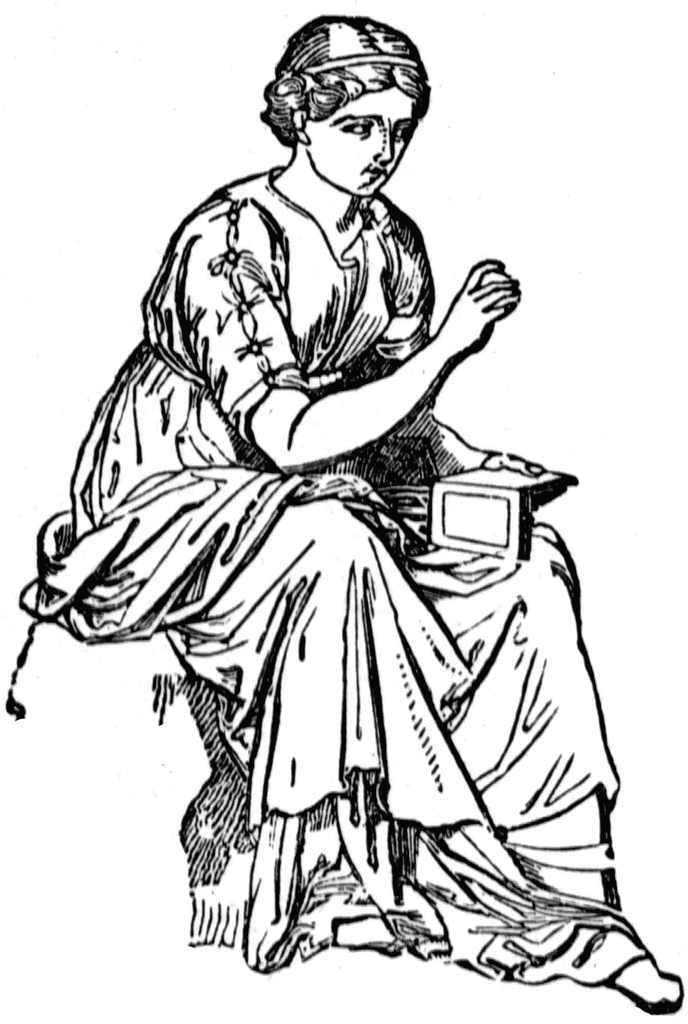

All the people look towards him while he settles causes with true judgements: and he, speaking surely, would soon make wise and even of a great quarrel for therefore are there princes wise in heart, because when the people are being misguided in their assembly, they set right the matter again with ease, persuading them with gentle words. and Calliope, who is the chiefest of them all, for she attends on worshipful princes: whomsoever of heaven-nourished princes the daughters of great Zeus honour, and behold him at his birth, they pour sweet dew upon his tongue, and from his lips flow gracious words. He enumerates the Muses and finally sets Calliope apart: 80 85 90. He is referring to lines 80-103 of the Hesiodic proem, which concern the power of the Muses to intervene in human affairs more precisely, Hesiod mentions the gifts of the Muses to men, rulers and poets. (5) Herodes, a teacher of rhetoric, mentions there the muse Calliope in particular and her special relation, in Hesiod, to the kings. mentions the Hesiodic Muses in a way that will help introduce the section of the Theogony's proem under discussion here. We may note again a passage from Plutarch who around 100 C.E. Hesiod begins his Theogony with a "Hymn to the Nine Muses" in lines 77-79, he gives the list of their names. From the perspective of our present argument, it is significant that Memory and the Muses are also closely connected with the notion of persuasion.

As rhythmical song, the Muse is inseparable from poetic Memory and is necessary for the poet's inspiration as well as for his oral composition.

(3) Each one, in other words, bore the name of an essential aspect of poetical function. (2) And Pausanias tells us that the Muses were three in number and had the names of Melete (Practice), Mneme (Memory) and Aoide (Song). According to a passage in Plutarch, the Muses were also called Mneiai (Memories) in some places. Indeed, Memory is well known as the mother of the Muses. (1) Around the seventh century B.C.E., in his poem entitled Theogony, Hesiod commemorates the birth of the Muses and identifies them as the daughters of the goddess Mnemosyne and Zeus (lines 53-65). Learn more.The relation of the Muses in ancient Greece, especially during the archaic and the beginning of the classical period with which this paper is concerned, to the notion of memory is apparent first by their very name: the word mousa can be related to the verb mimnesko ("remind," "bring, put in mind"). The International Image Interoperability Framework (IIIF) represents a set of open standards that enables rich access to digital media from libraries, archives, museums, and other cultural institutions around the world. DeWolf and Joseph Brooks Fair Collections Reference Number 1920.2041 IIIF Manifest Dates may be represented as a range that spans decades, centuries, dynasties, or periods and may include qualifiers such as c. About this artwork Status Currently Off View Department Prints and Drawings Artist Johann Theodor de Bry Title Calliope, Muse of Epic Poetry, plate 12 from Parnassus Biceps Place Frankfurt an der Oder (Object made in) Dateĭates are not always precisely known, but the Art Institute strives to present this information as consistently and legibly as possible.


 0 kommentar(er)
0 kommentar(er)
